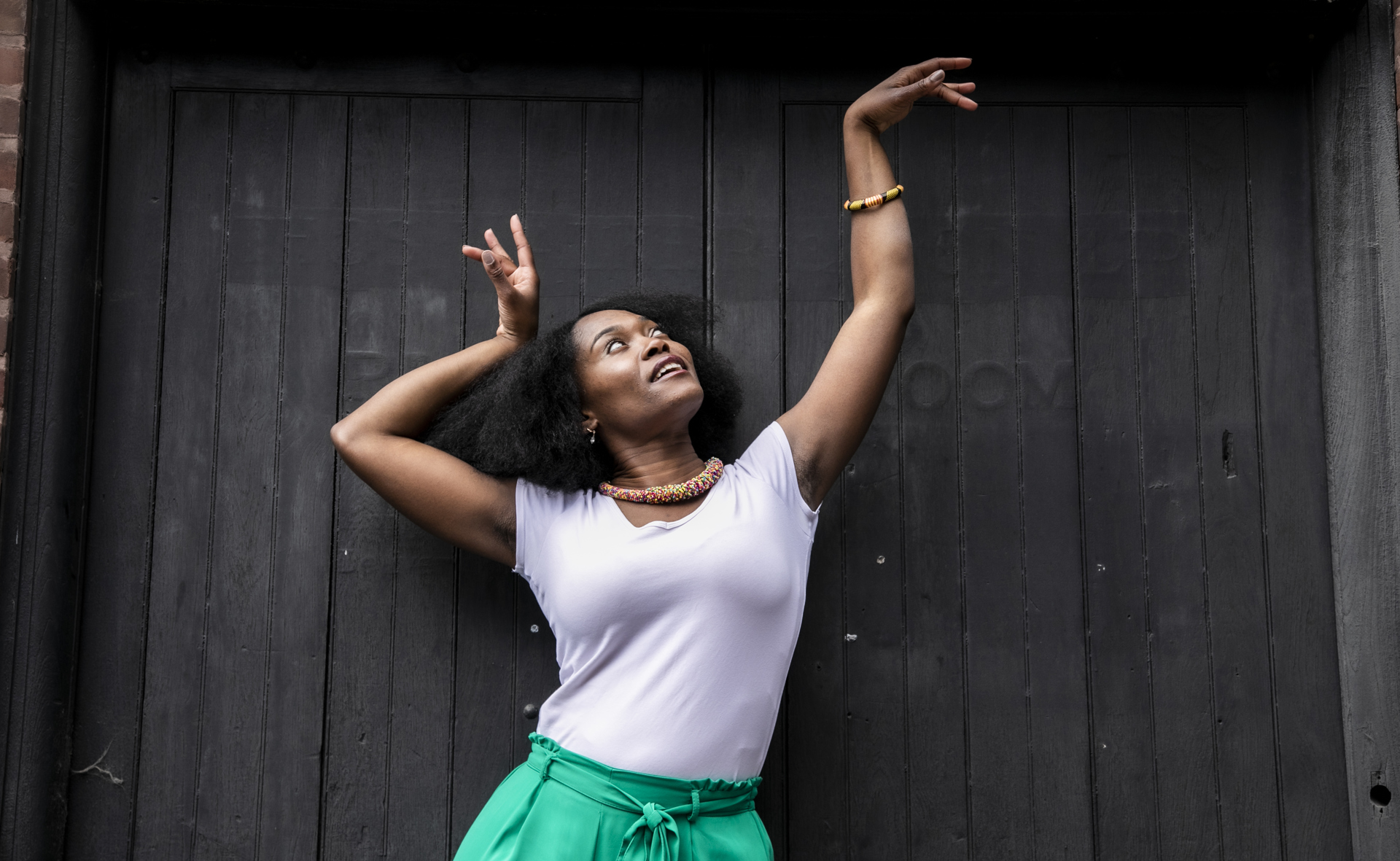NEWS
My experience living with Dyslexia in Dance - Dyslexia Awareness Week 2025
Our Community and Inclusion Manager, Tamar, shares and reflects on her experience of living with dyslexia as a trained dancer.
Share

By Tamar Dixon
My Early Years
My introduction to dance and the performing arts began at the age of four, when I started taking ballet, tap, and Latin classes at a local school. My aunt recommended dance as a way to support me with my learning difficulties, at a time when it was difficult to receive the proper healthcare and educational support.
As a child, I struggled with concentration and focus, and had delayed speech development in phonics. I worked with a speech specialist and received support from my primary school. Despite these challenges, my mother ensured I could flourish in the area I loved most: dance. Working in physical spaces and interpreting choreography and direction helped me develop my skills, including creativity and memory.
For over ten years, I trained consistently with the same school, teachers, and timetable. It was this consistency that grounded me, as routine is invaluable for people with neurodiversity. Having an environment where we feel safe and seen is essential. Dance became that place for me.
Although some academic subjects often felt like a struggle as I grew older into my teens, I came alive in the creative sphere, whether performing, leading, advocating, or creating. Those were the spaces in which I thrived. At the time, I didn’t realise what that truly meant for me as a neurodiverse, dyslexic young person. Continuing dance and performing arts alongside my studies was what truly kept me motivated and focused.
The Key Benefits of Dance
Dance can help improve coordination, focus, self-esteem, communication, and cognitive development, all of which are closely linked to dyslexia and other learning differences. It also offers young people a means of expression, a sense of belonging, and opportunities for growth. Whether or not they pursue it professionally, the skills and empowerment it provides are lifelong benefits.
Growing and Thriving
While dance was first introduced as a way to support me, it became far more than that. It became my passion, boosted my confidence, and influenced my life journey in ways I could never have predicted.
I was not formally diagnosed with dyslexia until later, during higher education, when I was advised to have an assessment before attending university. With the ongoing support of my mother, herself a disability activist, I was finally able to access greater help alongside my dance training. Prior to this, I didn't know that neurodiversity is supported as a disability, that many would call a learning difficulty.
Yet at times, I felt resentful. Why? Because it seemed too late, as if I had missed the opportunity to benefit earlier from the support I truly needed. But it was also a turning point. Learning more about myself and connecting with others who are dyslexic gave me a sense of freedom. Neurodiversity is a lifelong journey, and through it, I have realised that speaking up lifts a great weight off your shoulders.
Adulthood and Advocacy
Today, as an adult, I continue to use dance not only as an art form but as a tool for empowerment. It is so important to create spaces where individuality is celebrated.
No two individuals with dyslexia are the same. Dyslexia is diverse within itself, and it is important to recognise the unique contributions dyslexic individuals bring, not only to the arts but to society.
Dyslexic individuals often excel at visualising, imagining, and offering fresh perspectives. Whether through storytelling or choreography, their creativity allows them to transform ideas into meaningful expressions. They also thrive when reasoning through patterns and simplicity in communication, which supports clearer understanding.
Tips for Allies
If you are not dyslexic but would like to learn more, the best starting point is curiosity and an open mind. Attend workshops, talks, or network events. Explore online courses or resources and understand the diverse ways dyslexia can show up in people’s lives. Recognise that dyslexia is not a limitation. It is a difference that can bring new perspectives to every space, including the dance studio.